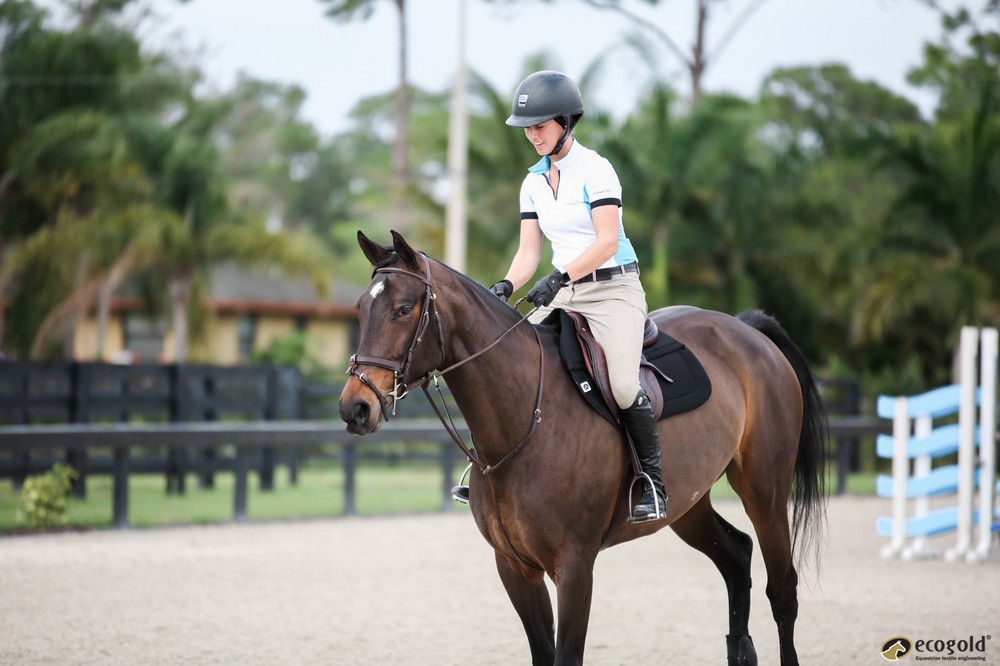Heat stroke in horses is easy to spot. Affected horses are lethargic, dull, and dehydrated (you can test this with a simple skin test or by checking his gums). They have an elevated heart rate (a pulse of more than 80 beats per minute that doesn’t slow down after two minutes of rest), respiratory rate (between 40 to 50 breaths per minute, shallow breathing, and breathing that remains elevated after two minutes of rest), and either sweat excessively or stop sweating all together. Heat stress can also lead to colic.
The easiest ways to avoid heat stroke are fairly common sense – don’t ride or turnout during the hottest times of the day, clip shaggy horses, and provide plenty of water and shade. But there’s a few things you can do to prevent heat stroke that you may not have thought of.
There are times when it’s just plain too hot and humid for your horse to be wearing anything. Garments like fly sheets and anti-sweats interfere with the horse’s natural ability to cool himself by sweating. When the temperature and humidity go up, you’re better off leaving your horse au naturel.
Choose your tack wisely. Most riders prefer to use as little tack as possible, but choose necessary tack that is breathable and dries quickly. Cotton saddle pads absorb moisture so by the end of your ride they are heavy and soggy. Ecogold’s saddle pads with CoolFit™ technology sense the sweat of the horse and reacts by reducing its temperature, providing a cooler and more comfortable ride. The Flip™ Half Pads are also designed with breathability in mind. They have an air vent in the middle of the pad to keep air flow to your horse’s back during your ride. When choosing leg protection, choose boots and wraps that have good air flow. Leave the fuzzy front boots for winter rides!
Horses get sunburned too. Light colored horses like grays are especially prone to sunburn, but any horse with a lot of chrome can burn. Apply sunscreen to pink skin (there’s even some fly sprays available that have a built in sunscreen), scrim or fly sheets when possible, and make sure they have plenty of shade.
Summer riding can be steamy, but taking a few extra precautions to prevent heat stroke is all you need to keep your horse safe and comfortable.

